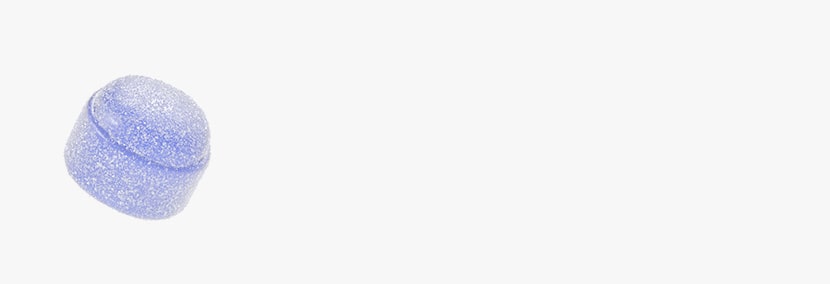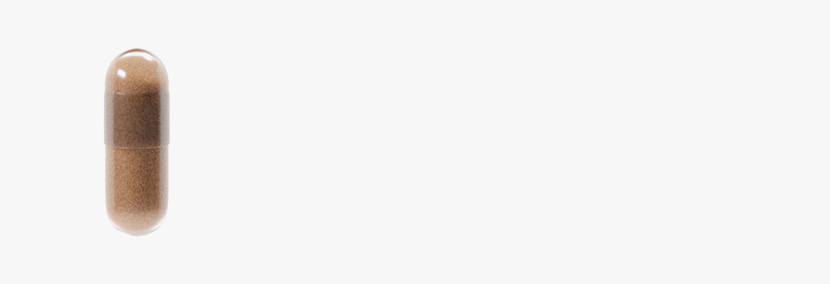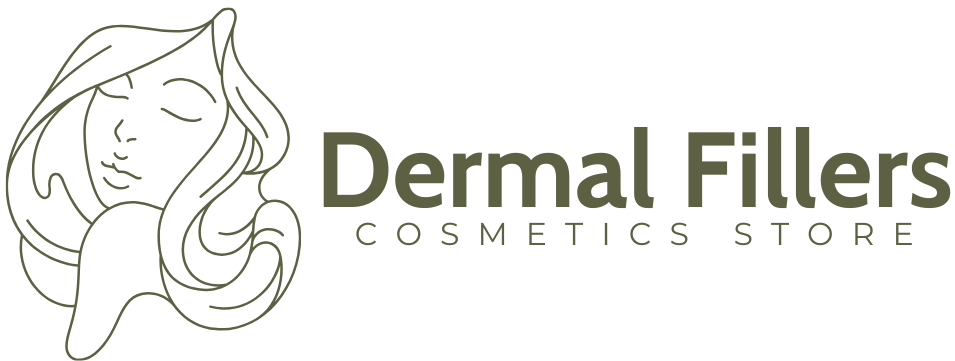Botulax
Botulax vs Botox – How Does the Korean Toxin Compare?
Jul 17, 2025
According to a 2025 GlobalData report, South Korea’s cosmetic injectables market is projected to grow at a 12% annual rate through 2033, highlighting the country’s rising influence in the global sector of aesthetic medicine. Known for its innovation and precision, South Korean brands have become key players in the non-invasive treatment industry, particularly with botulinum toxin products for wrinkle reduction and facial contouring.
Two major products in this category are Botox, produced by Allergan, and Botulax, produced by Hugel Inc. Both use botulinum toxin type A to relax targeted muscles, but they differ in key areas like formulation, regulatory approval, and clinical behavior. These differences have led practitioners to carefully consider factors like patient needs, cost, and treatment goals when choosing between the two.
In this article, we’ll dive into how Botulax compares to Botox, focusing on their efficacy, safety, dosing, and other important aspects that matter to both providers and patients.
Key Takeaways
- Botox and Botulax both contain botulinum toxin type A but differ in their formulation, purification, and potency units, which are not interchangeable. Botox uses the NAPI formulation, while Botulax may have variations in its excipients and molecular structure.
- Botox is well-known for its consistent efficacy in both cosmetic and therapeutic applications, typically lasting 3 to 4 months.
- Botulax, a more cost-effective alternative, shows similar results but can last up to 5 months for some patients.
- Botulax tends to diffuse more broadly, which can be beneficial for larger areas like the forehead, but may also increase the risk of side effects if not injected precisely.
- Botox typically has a more localized effect, with results lasting 3 to 4 months on average.
- Botulax is FDA-approved in Korea and other regions, but it is not approved by the U.S. FDA, which limits its availability in the U.S.
- Botox is FDA-approved and widely used across more than 90 countries, with a long history of safety reviews and consistent outcomes.
- The choice between Botulax and Botox largely depends on patient preferences, cost considerations, and provider experience. While both provide effective results, Botulax offers a more cost-effective option for routine procedures.
About: Trusted by over 2,000+ global clients since 2014, Maylips has become a leading supplier of cosmetic, skincare, and orthopedic products for medical and aesthetic professionals. Maylips offers a wide range of authentic brand-name products at competitive wholesale prices, sourced from around the world. If you’re looking to buy Botulax online, contact our sales team for guidance.
Formulation & Potency: Botulax Compared to Botox
Both Botox (Allergan) and Botulax (Hugel Inc.) contain botulinum toxin type A, but they differ in their formulation and purification processes. Botox utilizes the NAPI formulation, which includes human serum albumin and sodium chloride.


On the other hand, Botulax also contains albumin, but its excipients and molecular structure may vary, which can affect its stability and purity. This variation in formulation can influence the clinical outcomes and responses in patients, although both products generally perform similarly.
While the potency units of Botox and Botulax are not directly interchangeable, a common approach in clinical practice involves using a 1:1 dosing ratio for ease of administration.
However, clinical effects may vary slightly due to the manufacturing nuances of each product. Healthcare providers are advised to adjust their approach based on their experience, patient response, and clinical outcomes to achieve optimal results.
Clinical Efficacy: Botulax Outcomes vs Botox Outcomes
Botox has been the gold standard in cosmetic and therapeutic applications for many years. Its efficacy is well-documented, with high patient satisfaction and predictable results that generally last between 3 and 4 months. Botox is effective in treating a variety of conditions, including glabellar lines, migraines, and hyperhidrosis, with minimal adverse effects. As a result, it has maintained its place as a trusted injectable for many aesthetic and medical treatments.




Botulax, a South Korean alternative, has shown comparable results, particularly in wrinkle reduction and muscle relaxation. In some patients, the effects of Botulax can last up to 5 months, offering a slightly longer duration compared to Botox. When patients inquire, “What is Botulax used for?“, it is primarily indicated for aesthetic treatments, such as smoothing dynamic facial lines and reducing muscle activity in targeted areas.
Both products are effective for these purposes, although unit equivalency should not be assumed; dosing must be tailored to the individual’s response for optimal results.
Diffusion Characteristics & Duration: Botulax and Botox Longevity
The diffusion characteristics of Botox and Botulax vary slightly, influencing the spread of the product after injection. Botulax is sometimes observed to spread more broadly, which can be an advantage for treating larger areas, such as the forehead. However, this broader diffusion may increase the risk of diffusion-related side effects if the product is not injected with precision.
Duration of effect is another important consideration. Botox typically lasts between 3 to 4 months, though some patients report results lasting up to 6 months depending on factors such as the dose and area treated. Botulax, on the other hand, tends to provide effects in the 2.5 to 4-month range, although individual patient reports may vary.
Several factors influence the duration and spread of both products, including:
- The dose used
- Injection technique
- Muscle strength and activity
- Patient metabolism
Regulatory Status & Global Usage of Botulax and Botox
Botox is FDA-approved and licensed in over 90 countries for both aesthetic and therapeutic use. It has undergone numerous safety reviews, long-term studies, and post-market surveillance, making it the go-to choice for healthcare professionals worldwide. Its established safety profile and consistent results have made Botox the gold standard in injectable treatments.
Botulax, while approved by the Korean Ministry of Food and Drug Safety (MFDS), is not FDA-approved, which limits its legal import and use in the United States. However, it is widely used across Asia, the Middle East, and parts of South America and Europe.
Due to varying regulatory environments, healthcare providers should verify the legal status of Botulax in their respective countries and ensure compliance with safety and labeling standards.
Conclusion
Both Botulax and Botox offer reliable and effective aesthetic outcomes when administered by trained professionals. Botox is often preferred for its consistent safety record and predictable results, making it ideal for regulated markets and more sensitive patients. Botulax, meanwhile, serves as a cost-effective alternative, especially for routine procedures or when a broader application is needed.
The decision between Botulax and Botox often depends on factors such as the patient’s history, expected results, and the provider’s experience. Regular monitoring and protocol adjustments are essential to ensure safe, effective treatment, regardless of which botulinum toxin is used.
FAQs
1. Is Botulax FDA approved?
No, Botulax is not FDA-approved and is not legally allowed for use in the United States.
2. How long do Botulax results last?
Results typically last 2.5 to 4 months, though some patients may experience shorter or longer durations.
3. Can Botulax be used for the same areas as Botox?
Yes, Botulax is used for forehead lines, frown lines, crow’s feet, and jaw slimming, similar to Botox.
4. Is Botulax safe to use?
When used by trained professionals in countries where it’s approved, Botulax has a good safety profile and tolerability.
5. How does Botulax compare in cost to Botox?
Botulax is generally more affordable, making it a popular choice for clinics focused on budget-conscious patients.
6. Can I switch from Botox to Botulax?
Yes, but your provider should adjust dosing if needed and monitor for differences in diffusion or duration.
7. Where is Botulax manufactured?
Botulax is manufactured in South Korea by Hugel, a biotechnology company specializing in aesthetic and therapeutic injectables.
Talk with our sales representative.
Book a Meeting
References
South Korea aesthetic injectables market poised for 12% CAGR through 2033, forecasts GlobalData. GlobalData. https://www.globaldata.com/media/medical-devices/south-korea-aesthetic-injectables-market-poised-12-cagr-2034-forecasts-globaldata/. Published January 16, 2025.
Evaluate the safety and efficacy of Botulax® as compared to Botox® in subject with moderate to severe crow’s feet lines. ClinicalTrials.gov. https://clinicaltrials.gov/study/NCT03408236





